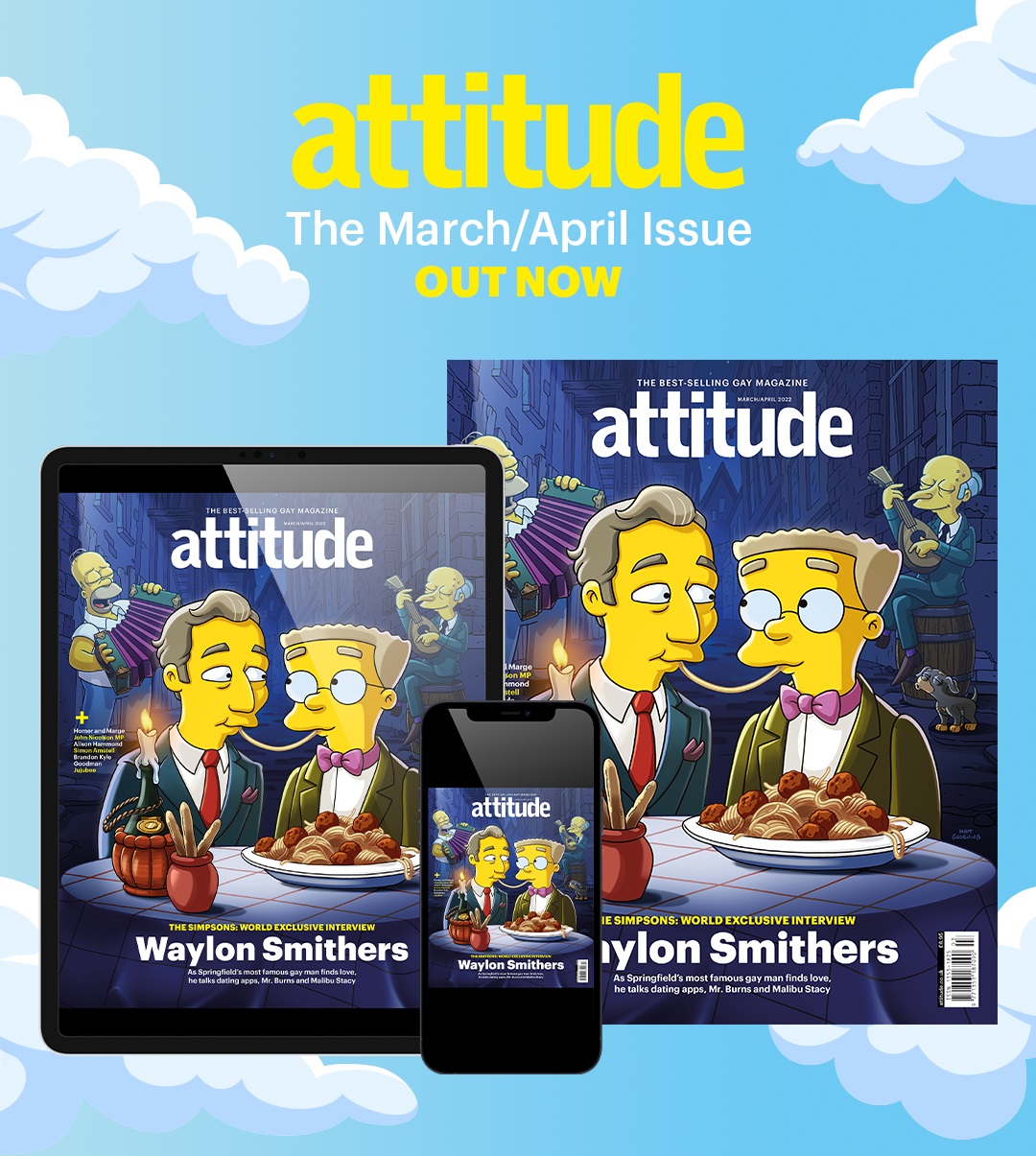Boulevard! A Hollywood Story Review: ‘Gloria Swanson is definitely worthy of ‘gay icon’ status’
Screening as part of this year's BFI FLARE: London LGBTQIA+ Film Festival.
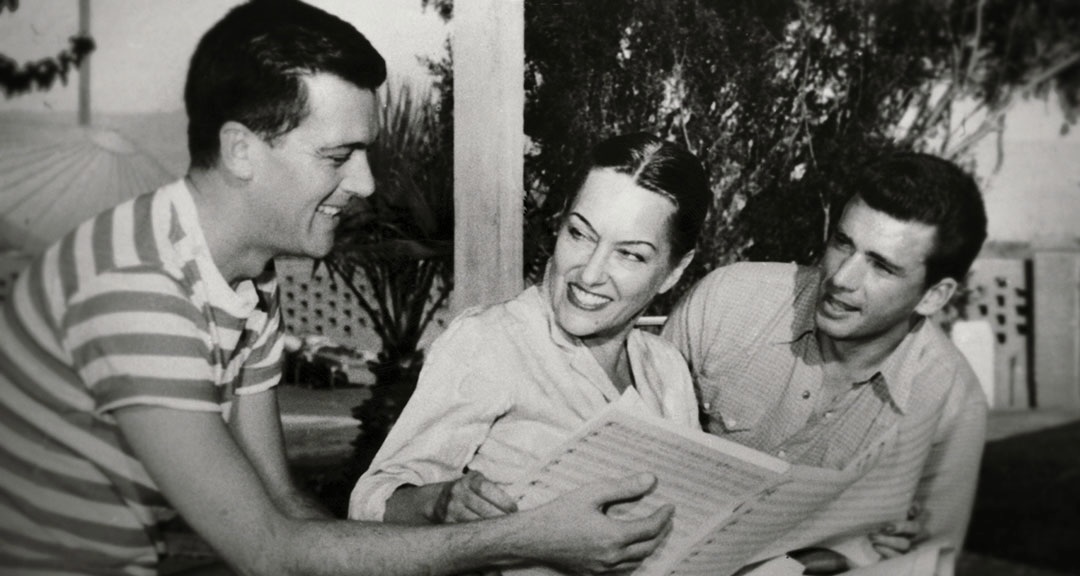
Words: Alastair James; pictures: Jeffrey Schwarz/Boulevard! A Hollywood Story
The cliche that art imitates life is overused. However, in the case of Boulevard! A Hollywood Story it definitely applies.
The latest documentary from Jeffrey Schwarz (Tab Hunter Confidential) Boulevard charts the tragic, but sometimes hilarious tale of Hollywood’s Gloria Swanson as she, languishing in the twilight of her career, attempts to create a stage musical version of Sunset Boulevard.
As with Tab, Schwarz has uncovered another gem of an LGBTQ story set in the golden years of La La Land that’s been confined to the archives for far too long.
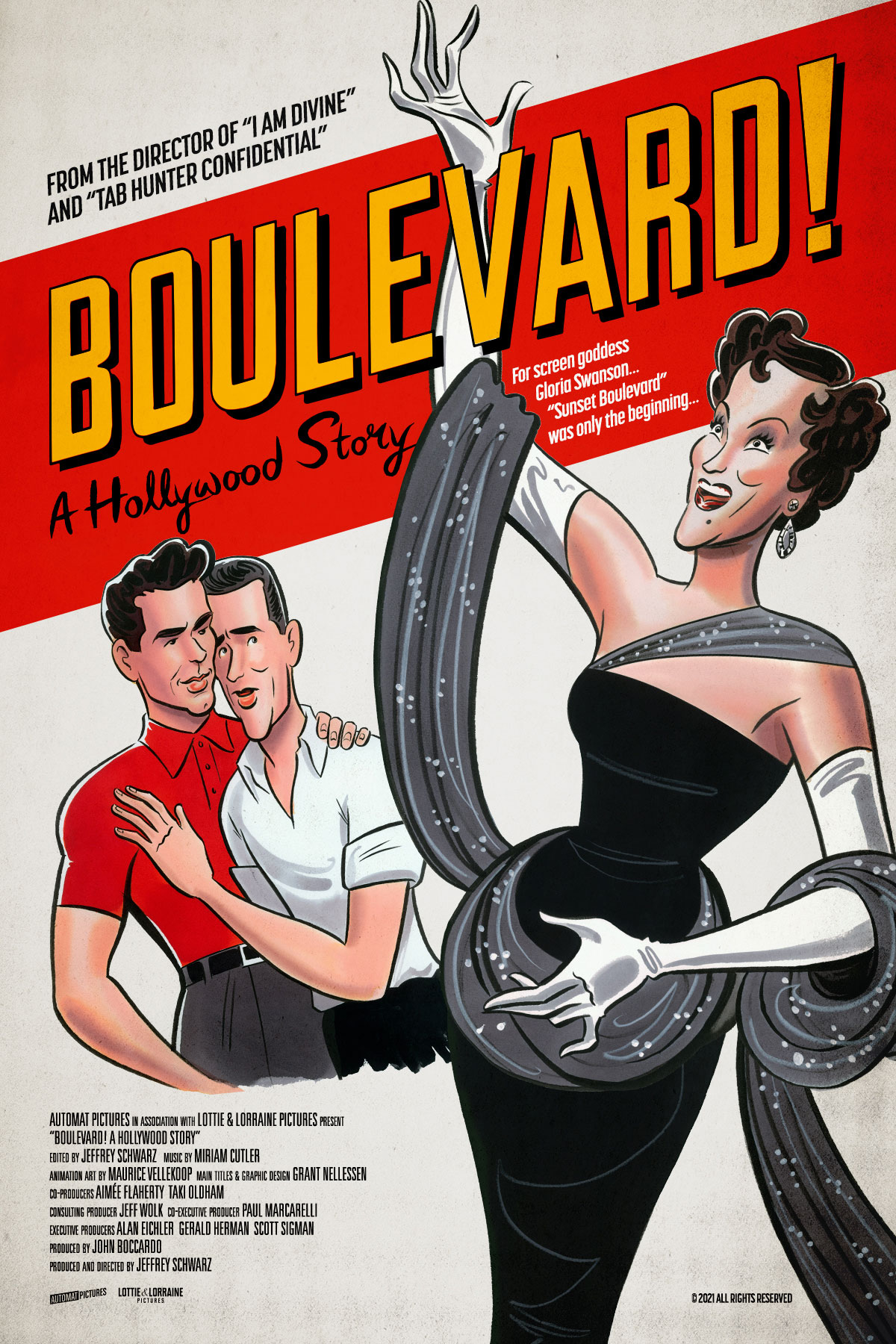
Making her name before the dawning of the ‘talkies’, Swanson’s career waned in the years after the cinematic revolution as she didn’t fit in as she had prior. This is just the beginning of the parallels between herself and Sunset’s Norma Desmond.
She is eventually offered the iconic role of Norma (“I’m ready for my close-up Mr. Demille”) and the film is a great success; still considered one of the great Hollywood classics.
After this she made a number of small appearances on TV shows and in other productions but nothing that quite matched Sunset.
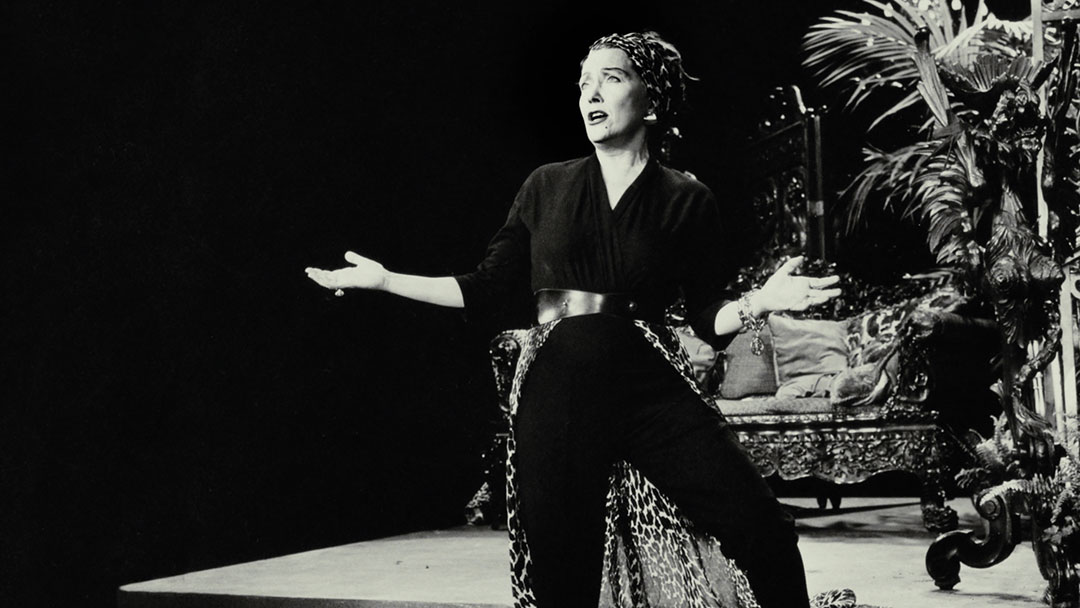
Gloria Swanson (Photo: Jeffrey Schwarz/Boulevard! A Hollywood Story)
Sometime later Swanson had the idea of returning to her most iconic role thinking that it worked as a film so why wouldn’t it work as a musical. Simple enough logic really, and logic that seems to be used more and more these days with Legally Blonde, Beetlejuice, and Back to the Future all getting the musical treatment.
It’s here we’re introduced to the handsome and dashing actor and writer, Richard Stapley (aka Richard Wyler later in life) and singer and pianist, Dickson Hughes.
Stapley, who had a number of roles in Hollywood films, meets Dickson, and instantly falls in love. It’s a sees-him-across-the-room-and-knows-right-away type of romance, beautifully recreated through stylistic animation.
The two men approach Swanson about working on another project of theirs, About Time, but the focus quickly switches to a musical adaptation of Sunset.
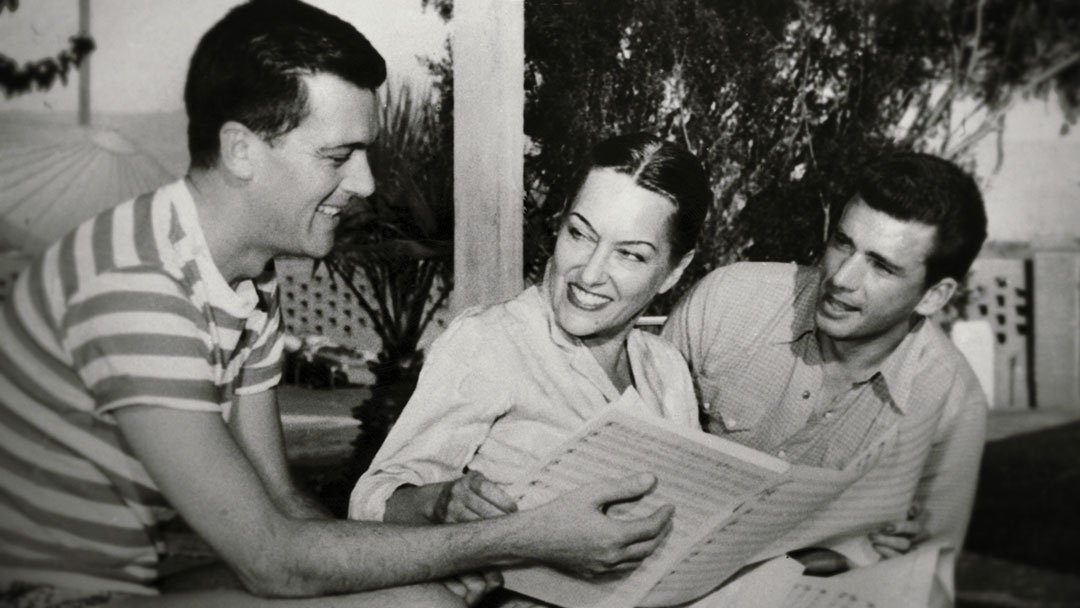
Left to right: Dickson Hughes, Gloria Swanson, and Richard Stapley (Photo: Jeffrey Schwarz/Boulevard! A Hollywood Story)
As the trio get to work, spending more and more time together sequestered at the star’s Palm Springs home, Swanson begins to develop (unrequited) feelings for the Hollywood heartthrob-esque Stapley.
One scene, again told through animation, shows the trio buying three baby chicks after Swanson spots them at a shop.
Later that night, Gloria, in full glamour, accidentally steps on one of the chicks with her stilettos. Again told through animation (as you would hope no one would be filming that!) the scene and the subsequent one depicting the rather bizarre-looking funeral procession (Gloria changed and wore a veil) did encourage some laughs from the audience.
Gloria Swanson is definitely worthy of ‘gay icon’ status. The drama, the fashion, and a retort-for-every-occasion are about as iconic as it gets.
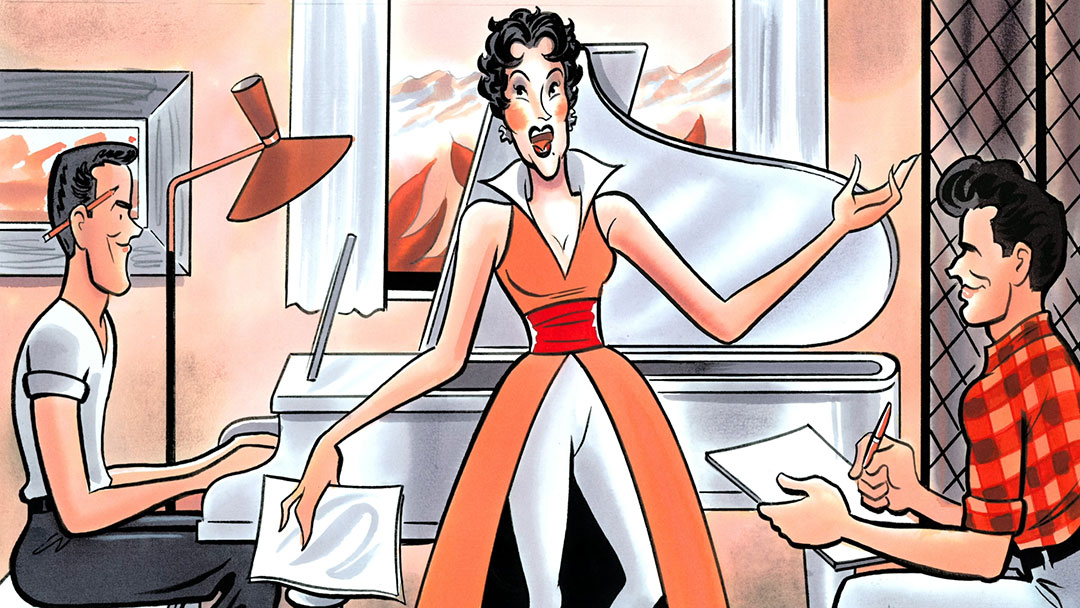
Left to right: Dickson Highes, Gloria Swanson, and Richard Stapley as depicted in animation (Photo: Jeffrey Schwarz/Boulevard! A Hollywood Story)
The documentary then follows the trio as they continue working on the musical, the tragic end to the project (which can hardly be considered a spoiler as the only successful musical version of Sunset Boulevard was written by Andrew Lloyd Webber and debuted in the 1990s), and then what happens to Swanson, Stapley, and Dickson in the rest of their lives.
A melodrama worthy of its own feature film adaptation, this story has been waiting to be told.
With help from friends of Hughes and Stapley, as well as Swanson’s granddaughter, Brooke Anderson, and various archives, Schwarz has pieced together fragments of a story long confined to archives and dusty packing boxes.
Recordings and interviews with the central trio give the film gravitas and a sense of this is exactly what happened with no need for embellishment or exaggeration.
The story is brought to life through vivid and stylistic animations that relay scenes that would have no other way to be told other than through dramatisation, which wouldn’t be as effective, this author thinks.
Archive footage bedazzles the audience with just how much of a star Gloria Swanson was, making it all the more tragic that she was cast aside simply for turning 50.
It’s a relatable tale of a failed creative project, which Schwarz recognises in a statement accompanying the release is one that is familiar to many creatives who pour their heart and soul into a project as our three protagonists do here.
“This is what attracted me to the story of Dickson Hughes and Richard Stapley, who both faced barriers to success over the course of their lives but never gave up on their dreams. Boulevard! is also about growing old, and how our protagonists faced the challenges of aging in a youth-obsessed society,” Schwarz says.
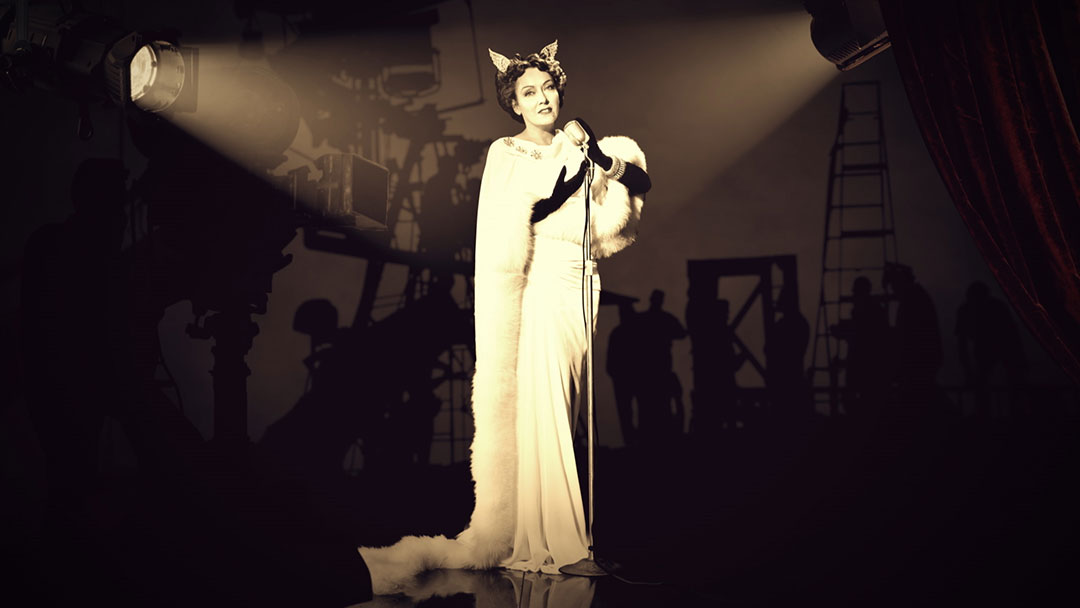
Gloria Swanson (Photo: Jeffrey Schwarz/Boulevard! A Hollywood Story)
Boulevard! is evergreen in that sense, as those challenges that Schwarz speaks of are a constant in society today. While things have moved on since Swanson’s time and women aged 50 and over are not considered out of the count as she was (just look at the likes of Cher, Kylie, and Madonna!) those attitudes haven’t completely gone away yet.
Ultimately the film’s purpose is to educate us on a previously unknown bit of queer and cinematic history. It’s entertaining, to say the least, and while it doesn’t necessarily have the happiest of endings for its central characters, it is a charming story.
Rating: 4/5
Attitude’s new-look March/April issue is out now.
